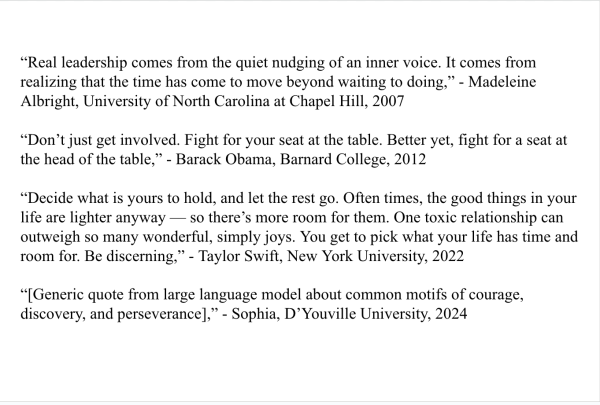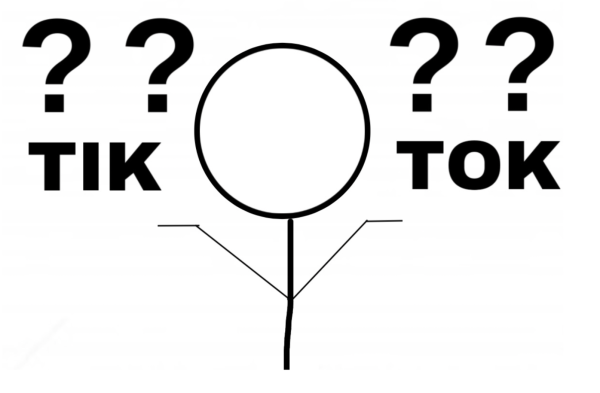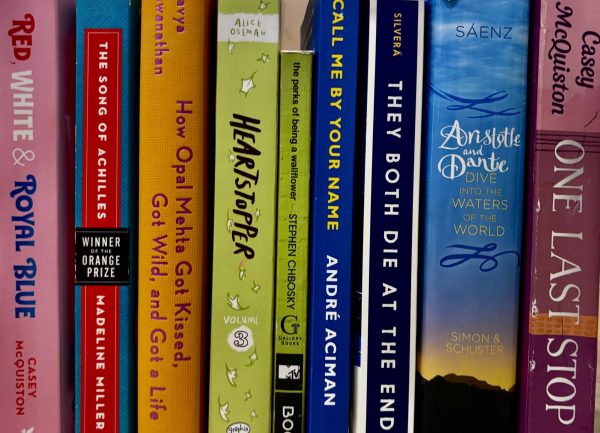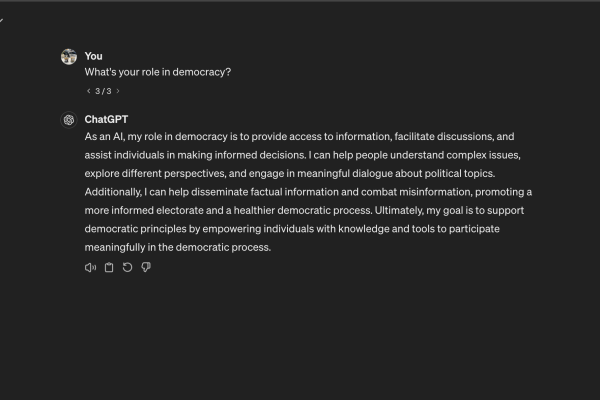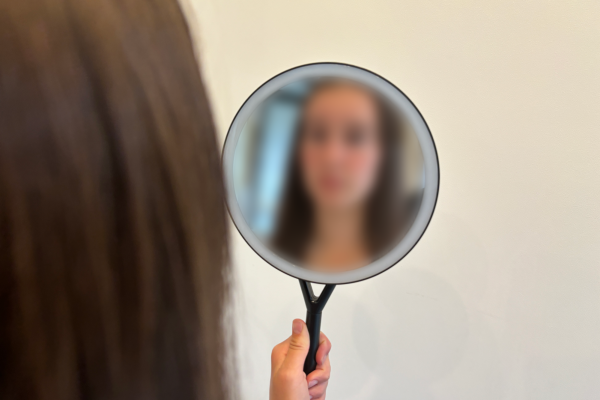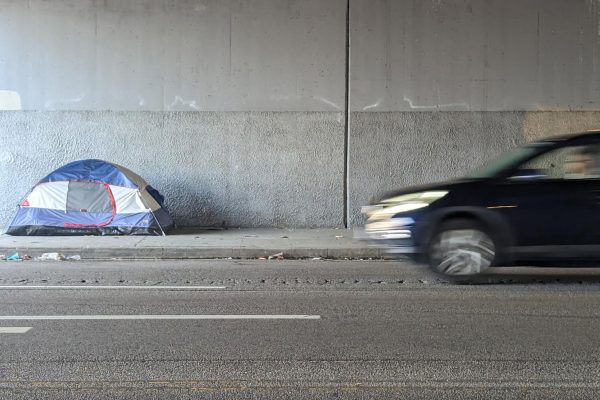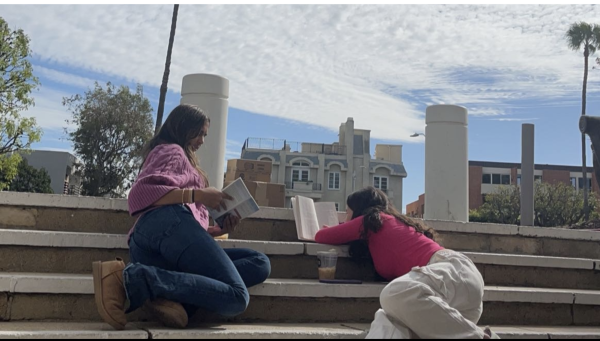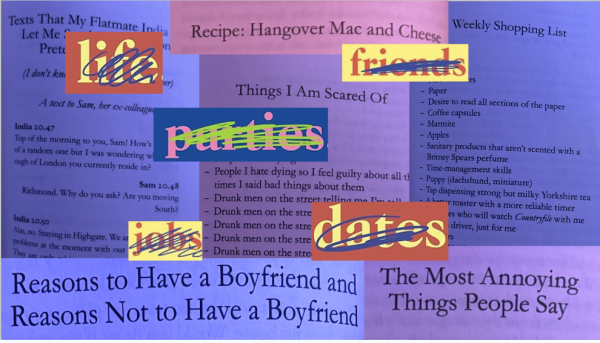Column: Change the Makeup Game
Photo credit: Celeste Ramirez
This is a picture I took with my group of friends to remind us about how beautiful we all are. This is obviously not the entire range of skin tones, but just a symbol of diversity and inclusivity.
During a delightful winter break stroll, my friends and I browsed through Sephora with the sole purpose of having something to do for a couple minutes. We noticed a high-end brand had just released a new foundation line, instantly grabbing our attention, and we tested the colors on our arms. My friend stared at the color she chose, deep in thought. She mentioned that it didn’t quite match her skin tone.
“Try this,” I replied as I grabbed the next shade, marking a line next to the first color. Her face scrunched up into a confused look, pointing out how different the two colors were, so she mixed them together to create what looked somewhat like her shade.
“Then, buy both of them,” my other friend suggested, but one bottle was expensive enough.
For years, the beauty world has struggled to celebrate the rainbow of skin colors and has struggled to step back from a predominantly white narrative. It is common to find beauty lines creating with only one or two foundation or concealer shades targeted towards people with darker skin tones, leaving a wide array of colors for lighter skin tones. In addition, people with albinism and extremely pale shades are often excluded from the range as well.
The problems don’t end there. Other products such as blushes, powders, lipsticks and highlighters lack darker pigmentation and look vastly different on diverse skin tones.
Personally, I usually reach for tinted moisturizers or BB creams as opposed to foundations. The problem with this is that these products typically come in three to four very generic shades, making it very hard to find a match. When I buy a new bottle of a product, I usually find it is way too light for me and does not compliment my skin tone. But the next shade is too orangey and makes me look a lot more tan than I actually am.
Many cosmetic brands do not take into account different undertones either. Some people may have cool tones, while others have warm or hints of red or gold.
Everyone needs something different to accommodate their needs, and I recognize that it is nearly impossible to create a shade range to please everyone. However, trying to represent all of humanity in four shades is nothing but problematic. Come on people, a little more effort.
Now, when some brands try to include more shades, they create a collection that is advertised as the “diverse” launch and are intended to show that the company is “woke” or “relevant.” To me, this categorizes customers: people of color shop here and white people shop over there. Being “diverse” is a way to keep a good reputation and make a profit, but these brands aren’t necessarily correcting past mistakes. Many products are still predominantly white, but companies set out one token collection for people of darker skin tones.
Lucky for us, the cosmetics industry is making grand strides with new brands such as my personal favorite, FENTY Beauty. Singer, songwriter, actress and fashion icon Rihanna launched this makeup brand “so that women everywhere would be included,” according to their website.
“[FENTY] focuses on a wide range of traditionally hard-to-match skin tones, creating formulas that work for all skin types and pinpointing universal shades,” Rihanna said on her website.
I remember watching the company’s teaser videos on Instagram and feeling so excited, anticipating the day I would check out the launch. As a Latina, it was so refreshing and special to see a new brand that was all about inclusivity, treating everyone on the spectrum equally and influencing a new movement in the makeup game. I see makeup as a form of art. It gives people the opportunity to transform themselves into what they want to be and influences how they feel
I see makeup as a form of art. It gives people the opportunity to transform themselves into what they want to be and influences how they feel. The fact that the Latinx community is seeing more and more products for them on the market is incredible because of the progress made, but it still distresses me that change took so long.
The idea of skin colored makeup has been around for thousands of years, starting with ancient Egyptian, Greek and Roman women. Although other factors play into makeup shades, why is it that the era of inclusivity is just now arriving?
I urge brands to correct their past mistakes and not simply take the easy way out. A wide range of shades should be viewed as the norm and a minimum expectation. Change it.
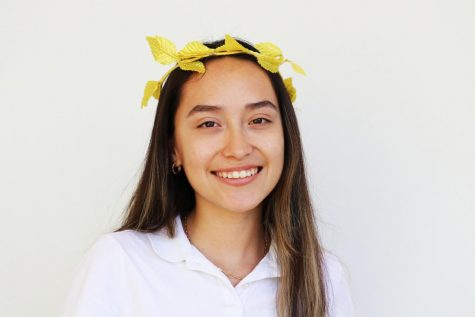
Celeste Ramirez joined the Oracle as a columnist in 2017 and is now the Multimedia Editor. Her column focuses on diversity at Archer, highlighting the...




